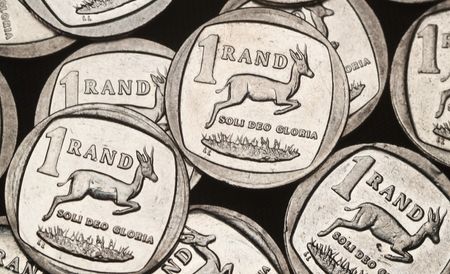By Andrea Shalal
WASHINGTON (Reuters) – The International Monetary Fund on Wednesday said its executive board has approved members to use their Special Drawing Rights (SDRs), or IMF reserve assets, to acquire so called hybrid capital bonds issued by multilateral development banks.
The Inter-American Development Bank (IDB) and the African Development Bank (AfDB), which had both championed the idea, welcomed the move, with officials estimating it would unlock as much as $80 billion of new MDB lending globally.
In a joint statement, the banks said the plan would leverage every $1 of SDRs into $4, providing a cost-efficient way to finance urgently needed projects to boost climate resilience, growth and reduce poverty in developing countries.
A hybrid bond is a financial instrument that combines both debt and equity-like features that mean MDBs can make their own core capital go further.
The IMF said the board’s decision on May 10 should help broaden the use of SDRs, while increasing the attractiveness of the SDR as a reserve asset.
It comes as the IMF and other international financial institutions are under pressure to increase resources available to help developing countries and emerging markets grapple with rising global challenges, such as climate and food security.
The IMF’s board set a cumulative limit of $20 billion for such use of SDRS to address possible liquidity risks, and said it would review the new usage of SDRs once member contributions surpassed $13.2 billion, or in two years, whichever came first.
Officials with the IDB and AfDB said they hoped to recruit five member countries to contribute SDRs for the new instrument in coming months, with an eye to making an announcement at the IMF and World Bank fall meetings in Washington in October.
They said it would allow them to issue tens of billions of dollars of new green and sustainable bonds to expand their lending, citing strong support from France, Japan, Britain and Spain and the United Arab Emirates for the new proposal.
“We definitely have a strong pipeline of projects that can benefit from this very, very soon,” said one IDB official, adding that new hybrid instrument was expected to receive a “very high” credit rating, possibly AA-, given the AAA scores of the two individual institutions.
IMF members can already use their SDRs – which are allocated to IMF members in proportion to their IMF quotas – to settle obligations, loans, pledges to other IMF instruments such as the Poverty Reduction and Growth Trust, transfers as security for financial obligations, swaps, forward operations and donations. The decision adds an eighth use.
Outside experts note that getting the pledges from countries might prove challenging, noting that the IMF itself struggled to top up SDR commitments for its Poverty Reduction and Growth Trust.
The IMF has been reviewing legal issues on the new use of SDRs since spring 2021 when the IDB and AfDB first proposed the move following the IMF’s allocation of $650 billion in new SDRs to help member countries cope with the COVID-19 pandemic.
The board’s decision means that IMF members can channel their SDRs to an approved list of 20 institutions, including the World Bank, the IDB, the AfDB and other “prescribed holders” which would use them to issue hybrid capital instruments.
Members that lend SDRs to these institutions for the sale of hybrid capital instruments would still be able to count them as reserve assets, the IMF said.
(Reporting by Andrea Shalal; additional reporting by Marc Jones in London; Editing by Andrea Ricci and Chizu Nomiyama)












